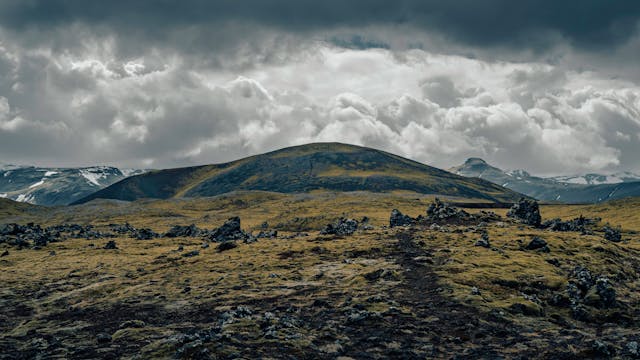
Chapter Overview: Landforms and Life
This chapter explores the different types of landforms found on Earth and how they influence human life. Students will learn about mountains, plateaus, plains, and other landforms, along with their formation processes and significance for human settlements and activities.
Landform: A natural feature of the Earth's surface, such as mountains, valleys, or plains, shaped by geological processes.
Major Landforms
The Earth's surface is made up of various landforms, which can be broadly classified into:
- Mountains: High elevated landforms with steep slopes and peaks.
- Plateaus: Flat-topped elevated areas with steep sides.
- Plains: Flat or gently rolling lands, often fertile and suitable for agriculture.
Formation of Landforms
Landforms are created through processes such as:
- Erosion: Wearing away of the Earth's surface by wind, water, or ice.
- Deposition: Accumulation of eroded materials in new locations.
- Tectonic Activity: Movement of Earth's plates leading to mountain formation.
Life on Different Landforms
Human settlements and lifestyles vary depending on landforms:
- Mountains: Sparse population due to harsh climate; activities like tourism and forestry.
- Plateaus: Rich in minerals; mining is a major occupation.
- Plains: Densely populated with agriculture as the primary occupation.
Importance of Landforms
Landforms play a crucial role in:
- Determining climate and vegetation.
- Influencing human economic activities.
- Providing natural resources like water, minerals, and fertile soil.
